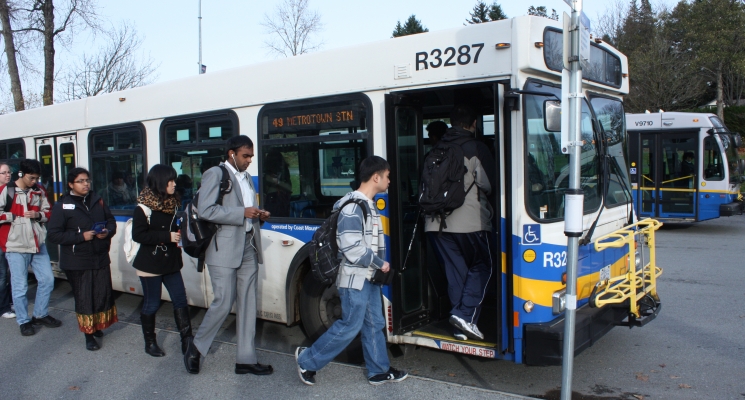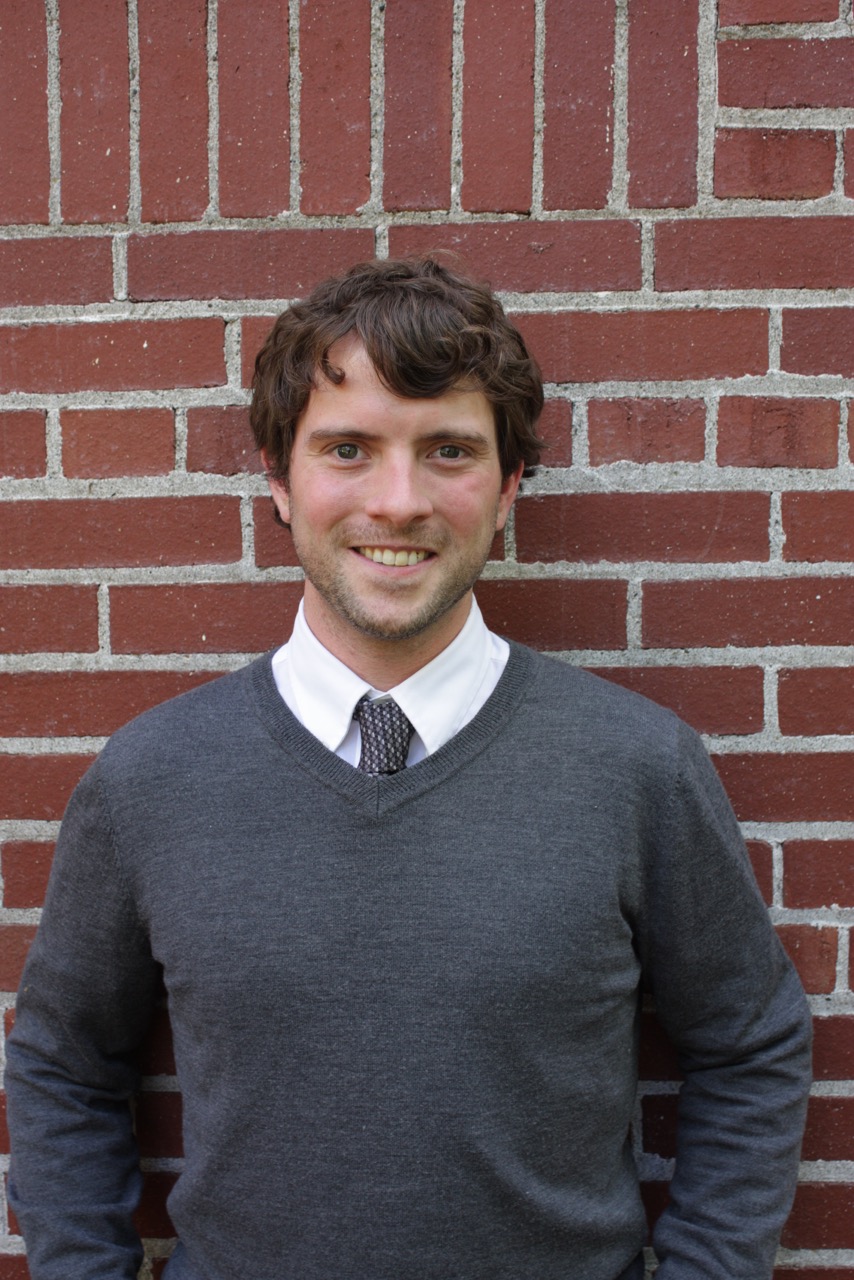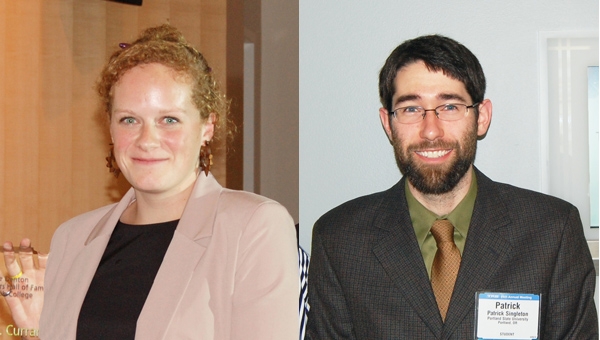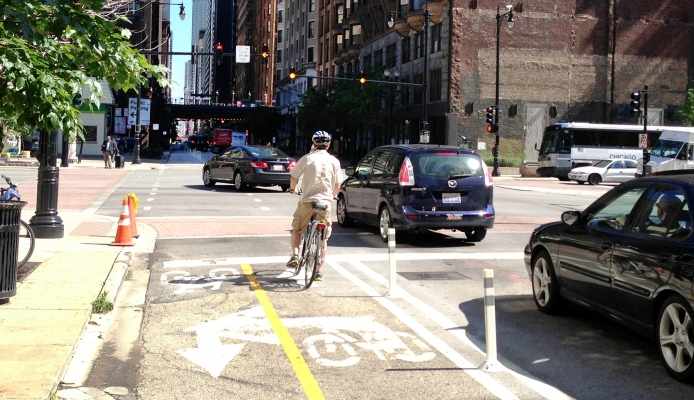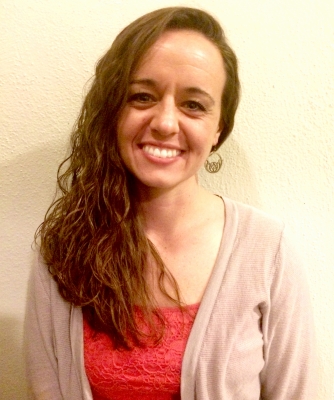A technical training workshop for walkable and livable neighborhoods was held at the Oregon Institute of Technology on Friday, 13.
The "Streets For All People" workshop was offered in partnership with the Oregon Institute of Technology Civil Engineering Department and the National Institute for Transportation and Communities (NITC).
Paul Zykofsky of the Local Government Commission’s in Sacramento, California facilitated the training. He also directs programs related to land use and transportation planning, community design, and health and the built environment.
Samantha Thomas and Dan Burden of the Blue Zones Project, who also facilitated training at Oregon Tech, were in Eugene for the Build Healthy Neighborhoods Workshops, May 12-15, 2016. These workshops were designed to demonstrate how all people can play a role in making neighborhoods more walkable and livable for all users, ages, and abilities.
The Blue Zones Project is a community well-being improvement initiative designed to make healthy choices easier through permanent changes to environment, policy, and social networks.
A powerful educational tool that also achieves planning results for communities is spreading from Oregon to universities around the world.
The Sustainable City Year Program, or SCYP, is part of the Sustainable Cities Initiative, a cross-disciplinary organization supported by NITC and based at the University of Oregon.
With the guidance provided in a new NITC report, replicating the program will be easier than ever.
What makes the SCYP so successful is its unique approach to teaching: students in various disciplines are recruited to work on real-world projects and create solutions for communities, free of charge. Community partners are chosen through a competitive selection process.
In a NITC technology transfer project, "Disseminating the Sustainable City Year Program (SCYP) Educational Model," the program’s co-founders Nico Larco and Marc Schlossberg have published a specific set of strategies and resources to help universities construct similar experience-based learning programs.
- Download the report here.
"One of the great...
Read moreAlex Bigazzi, a 2014 NITC dissertation fellow and graduate of Portland State University's Civil and Environmental Engineering Ph.D. program, has published a paper based on his NITC-funded research in Environmental Science & Technology, a journal of the American Chemical Society (ACS).
See ACS coverage of the project here.
Bigazzi's research evaluates the concentration of air pollution encountered by cyclists in Portland, Oregon.
In the study, volunteer research subjects rode bicycles equipped with instruments to collect high-resolution bicycle, rider, traffic and environmental data.
Participants rode a variety of routes including bicycle lanes on primary and secondary arterials, bicycle boulevards, off-street paths and mixed-use roadways. They were told to ride at a pace and exertion level typical for utilitarian travel, and breath biomarkers were used to record the amount of traffic-related pollution present in each cyclist’s exhalations.
This research was the focus of Bigazzi's dissertation, Bicyclists’ Uptake of Traffic-Related Air Pollution: Effects of the Urban Transportation System, published by NITC in December 2014. It was related to an earlier project...
Read moreNITC researchers have tested a method of collecting transportation behavior data using a smartphone app, with promising results.
The process could save transit agencies “hundreds of thousands of dollars,” says lead researcher Christopher Bone, and give them access to comprehensive, real-time data about their ridership, all without compromising passengers’ privacy.
Christopher Bone, Marc Schlossberg, Ken Kato, Jacob Bartruff and Seth Kenbeek of the University of Oregon designed a custom mobile application, which allows passengers to volunteer information about their travel habits, and recruited passengers to use it in a test case.
Their report, “Crowdsourcing the Collection of Transportation Behavior Data,” was released this month.
Participants were asked to use the app for three weeks on Lane Transit District’s EmX bus line located in the Eugene-Springfield area in western Oregon. Researchers placed sensors on the buses and at stops to detect when someone using the app was boarding. When a user came within range of a sensor, they...
Read moreTransitCenter has changed the thinking around transit and multimodal transportation, Dill said. “They’re making change in a field that has often been slow to innovate,” she said.
“For a young organization, they’ve already been making huge impacts.”
Part of the success comes from TransitCenter’s broad mission, which challenges old assumptions about transit governance and leadership. “It’s a holistic approach,” Dill said. “It’s not just... Read more
“I am most looking forward to broadening my vision of transportation policy. The people that I meet in the five days of the Leadership Development Conference will shape my perspective for my lifetime… I expect to return to Oregon with a reformed sense of my role in transportation policy and politics,” Biddle said.
He is currently pursuing a joint degree between the Community & Regional Planning program and the Law School at UO. He has worked on NITC research projects under the guidance of UO professor Rebecca Lewis, co-organized the student-run Public Interest Environmental Law Conference, and s active in...
Read moreNew research from the NITC program identifies key strategies for integrating freight into livability planning.
The typical vision of a livable neighborhood does not include big trucks—with their emissions, vibrations, noise and congestion—traveling through it. So where livability is a goal of the planning process, freight runs the risk of not being considered except as an afterthought or as something to be excluded.
However, because economic prosperity is an important characteristic of livable communities, freight will inevitably be needed and must be incorporated into the planning process.
Investigators Kristine Williams and Alex Carroll of the University of South Florida’s Center for Urban Transportation Research conducted a NITC research project to explore the relationship between freight and livability. Their goal was to provide a “menu of options” for planners to be aware of when considering freight solutions.
“There is a strong push for more livable, walkable and bikeable communities throughout the U.S. and without this kind of information, there may be more of a focus on where we don’t want to have trucks, rather than designating truck routes and identifying appropriate circulation routes for last mile deliveries,” Williams said.
The report, “Integrating...
Read moreThe NITC program has selected two dissertation fellows for the spring 2016 round of dissertation funding.
Portland State University Ph.D. candidates Patrick Singleton and Kristina Currans will each be awarded a $15,000 fellowship to support their doctoral dissertation research.
Both Currans and Singleton are also Dwight David Eisenhower Transportation Graduate Fellows.
Singleton, a former Eno fellow and NITC’s 2015 student of the year, will focus his research on the “positive utility of travel.”
Traditionally, travel is considered a means to an end, and travel demand is derived from activity demand. More recently, scholars have questioned these axioms, noting that some people enjoy traveling, use travel time productively, and may travel for non-utilitarian reasons.
Singleton will explore this concept, empirically investigating what factors determine the positive utility of travel and its impact on travel behavior.
His research has important implications for transportation planning and policy, through improving knowledge of influences on sustainable modes and anticipating potential behavioral shifts with autonomous vehicles.
Currans, a former NITC scholar, student of the year and inductee into the Portland State University Women Engineers Hall of Fame, will be researching data and methodological issues in assessing multimodal transportation impacts.
As cities aim to promote sustainable, multimodal growth, existing...
Read moreProtected bicycle lanes have gained popularity as a safer way to get more people cycling. Earlier research from the Transportation Research and Education Center, TREC, at Portland State University showed that people feel safer in lanes with a physical barrier between bicycle and motor vehicle traffic.
The research hadn’t closely studied the intersections, where the barriers—and the protection they offer—go away. With little research guidance, agencies across the country could face the prospect of using untested approaches or avoiding protected lanes altogether.
TREC, through its National Institute for Transportation and Communities pooled-fund program, is now addressing intersections for protected lanes. The program lets agencies and interested partners invest small amounts to join research with a national impact. For this project, 11 partners each put $5,000 to $50,000 toward the $250,000 cost.
The project will help agencies decide which intersection treatments to use in which cases, and what elements each should include. Toole Design Group will work with the Portland State research team to tailor the results to practitioners.
“Right now, it’s based on their judgment,” said...
Miranda Barrus, a NITC scholar and student at the Oregon Institute of Technology, has been awarded a 2016 national WTS scholarship.
Barrus is the recipient of the WTS CH2M Hill Partnership Scholarship, an award granted to students on a transportation career track who demonstrate outstanding skills and academic record.
She has also been awarded WTS Portland chapter scholarships for the last two years, the 2015 WTS Portland Gail Achterman Leadership Graduate Scholarship and the 2014 Sharon D. Banks Undergraduate Scholarship.
Barrus’ interest in structures initially led her into studying civil engineering. But after taking many transportation electives, versatile internships, and the influence of many mentors along the way, she realized transportation was her true passion.
Intrigued by transportation innovations, planning, design, and construction, Barrus wants to be an engineer that is challenged to make transportation improvements to a community.
Barrus has had experience working for the Portland Bureau of Transportation, OBEC Consulting Engineers and the Washington...
Read more

